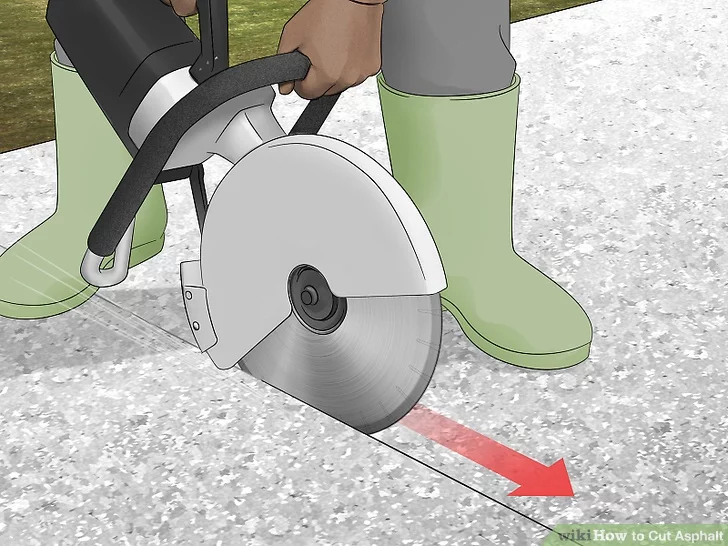Vacuum Rubber Pad is used to hold or manipulate objects by creating suction between the pad and the object. They are commonly used in industrial and manufacturing processes to move, hold, or position materials or products during production.
In surface applications, vacuum pads are typically used in situations where there is a need to hold a workpiece in place during machining or assembly operations. For example, in a CNC milling machine, vacuum pads can be used to hold a metal sheet in place while the machine cuts out specific shapes.
Vacuum pads can also be used in robotic applications, where they are mounted on the end of robotic arms to grip and manipulate objects. This can be useful in tasks such as pick-and-place operations or assembly tasks.
To use a vacuum pad, a vacuum pump is typically connected to the pad to create suction. The pad is then positioned on the surface of the workpiece, and the suction creates a vacuum seal between the pad and the surface. This creates a strong holding force that can be used to move or manipulate the workpiece as needed
Specifications for Vacuum Cups and Vacuum Pads
When selecting vacuum cups and vacuum pads, there are several specifications to consider, including:
Size: Vacuum cups and pads come in a range of sizes to accommodate various workpiece sizes and shapes. It's important to select a cup or pad that matches the size and shape of the object being lifted.
Material: Vacuum cups and pads can be made from a variety of materials, including silicone, neoprene, and polyurethane. The material selected should be compatible with the workpiece being lifted and should be able to withstand any chemicals or solvents used in the process.
Type: There are different types of vacuum cups and pads, including flat, bellows, and suction cups with ribs. The type selected will depend on the application requirements and the shape of the workpiece.
Load capacity: The load capacity of the vacuum cup or pad refers to the maximum weight it can support. It's important to select a cup or pad with a load capacity that exceeds the weight of the workpiece being lifted.
Types of Vacuum Cups and Vacuum Pads
There are several types of vacuum cups and vacuum pads available, each designed for different applications. Some of the most common types include:
Flat vacuum cups and pads: These are the most common type of vacuum cups and pads and are used for lifting flat, smooth surfaces. They can be made of various materials and come in a range of sizes.
Bellows vacuum cups and pads: Bellows cups and pads are designed for use with uneven or irregular surfaces. They have a flexible, accordion-like structure that allows them to conform to the shape of the workpiece being lifted.
Suction cups with ribs: These cups have ribs on their surface, which create channels that allow air to flow underneath the cup, creating a stronger vacuum seal. They are often used for lifting curved or textured surfaces.
Foam Vacuum Rubber Pad: Foam cups and pads are designed for delicate or fragile workpieces that cannot be lifted with traditional cups or pads. The foam provides a soft surface that conforms to the workpiece and minimizes the risk of damage.
Working Process of Vacuum Pads
The working process of vacuum pads involves the creation of a vacuum between the pad and the workpiece, which creates a suction force that holds the workpiece in place. The process typically involves the following steps:
Placement of the vacuum pad: The vacuum pad is placed on the workpiece, and the vacuum source is connected to the pad. The pad is positioned in such a way that it creates an airtight seal with the surface of the workpiece.
Creation of a Vacuum Rubber Pad: Once the pad is in position, the vacuum source is turned on, creating a vacuum in the space between the pad and the workpiece. This causes the air to be removed from the space, creating a low-pressure area.
Creation of suction force: The low-pressure area created by the vacuum draws the pad towards the workpiece, creating a suction force that holds the workpiece in place. The force generated depends on the size of the pad and the strength of the vacuum.
Lifting and moving the workpiece: Once the workpiece is secured by the vacuum pad, it can be lifted and moved as needed. The lifting device is typically attached to the pad using a fitting or connection mechanism.
Release of the workpiece: To release the workpiece from the vacuum pad, the vacuum source is turned off, which allows air to flow back into the space between the pad and the workpiece. This breaks the vacuum seal and releases the workpiece.
Overall, the working process of vacuum pads involves creating a vacuum to generate a suction force that holds a workpiece in place, allowing it to be lifted and moved as needed. By using vacuum pads, it is possible to safely and efficiently handle a wide range of workpieces in manufacturing, assembly, and other industrial applications.
Final words
In conclusion, vacuum cups and pads are essential tools for lifting and handling various workpieces in industrial and manufacturing applications. When selecting vacuum cups and pads, it's important to consider factors such as size, material, load capacity, attachment method, vacuum flow rate, and operating temperature to ensure they are suitable for the specific application. There are several types of vacuum cups and pads available, each designed for different applications, including flat cups and pads, bellows cups and pads, suction cups with ribs, foam cups and pads, oval cups and pads, vacuum pads with fittings, and vacuum grippers. The working process of vacuum pads involves creating a vacuum to generate a suction force that holds the workpiece in place, allowing it to be lifted and moved as needed. By using vacuum cups and pads, it's possible to improve the efficiency and safety of industrial and manufacturing processes.







